Whatever we all expected from the last year, a global pandemic was not it. Neither, it's fair to say, was an ongoing – and very involved – discussion about something called the Nap Dress. Perhaps you've heard its name whispered over the internet; maybe, like the__ New Yorker'sRachel Syme, you, too, have been stalked by the Nap Dress. It's also possible that you've been wearing one for some time now and didn't even realise. The most recent convert to the joys of the Nap Dress? Princess Eugenie, who recently wore one when leaving hospital with her newborn baby.

It's fair to say that the dress' moniker originated across the Atlantic, where much of the conversation around it has been occuring. This is thanks to Hill House Home, a US-based company founded by Nell Diamond, a former financial analyst who was looking for a way to cultivate her own aesthetic that she refers to as 'Victorian Ghost'. Having originally launched bedding in 2016, Diamond added her now infamous Nap Dress in four different styles – including ruffled details, tiered skirts and off-shoulder necklines. Hill House Home is the brand responsible for Eugenie's dress, a tartan print that's available for £90.
Diamond told the_New Yorker last year that, from January-August of 2020, sales of the Nap Dresses increased 'sevenfold'. This shouldn't really come as a surprise. Aside from the fact that many American women – including Syme and Harling Ross, a US-based fashion editor – have said they've been 'stalked' by the dress on Instagram (you've got to love those targeted ads), these nightgowns are exactly in keeping with fashion's current preoccupation with nostalgia.
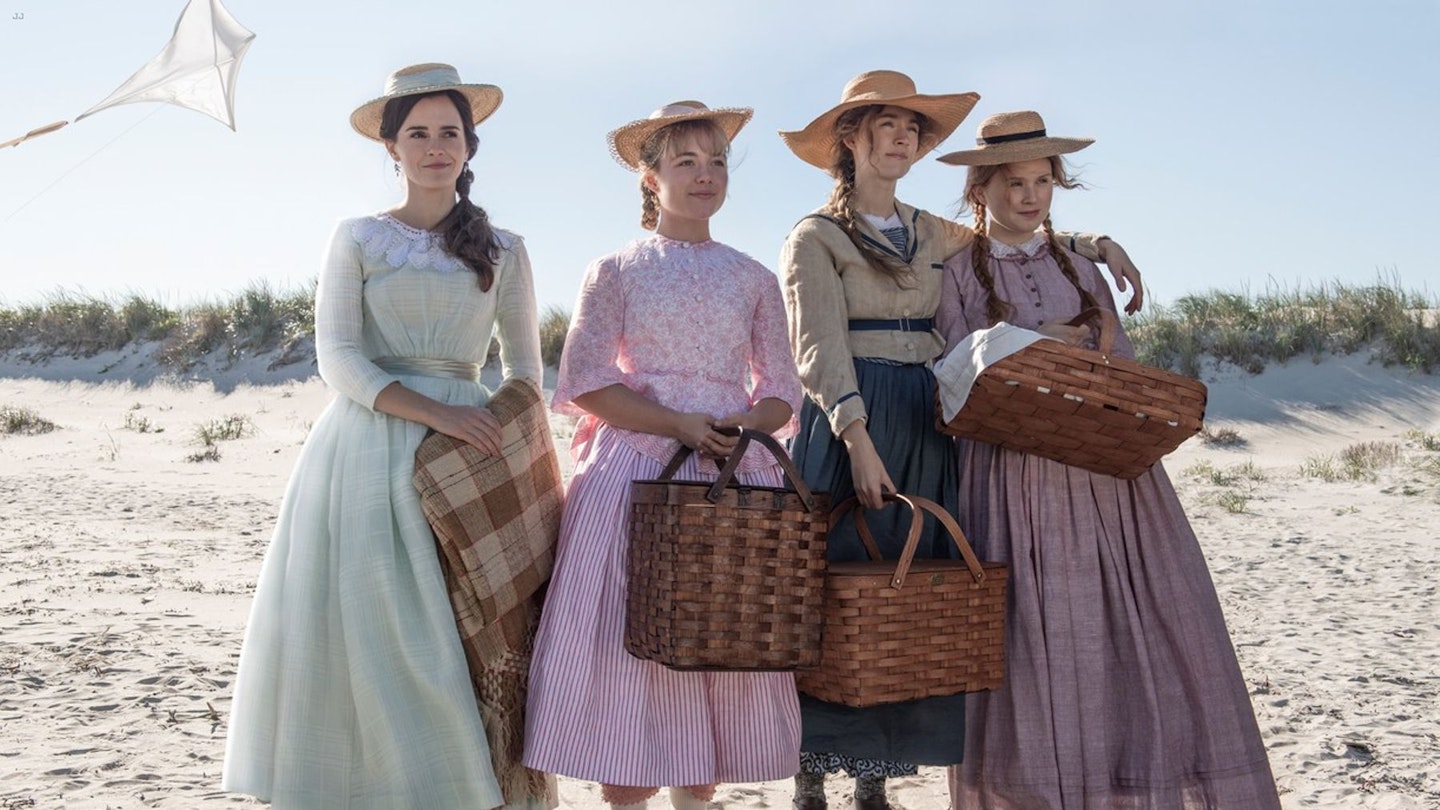
Back in 2019, the cultural reference point for this was Greta Gerwig'sLittle Women__ which, with its view of 19th Century American life perfectly tapped into the growing appetite for prairie dresses, ruffled collars, long sleeves and floor-sweeping hemlines – a trend still very much alive. Retailers such as Net-a-Porter saw that searches for such items soared by over 300%, while brands such as The Vampire's Wife, Zimmerman, Brock Collection, Batsheva and LoveShackFancy – all of whom are peddling a similar aesthetic, riffing on a theme of romantic, demure pieces – saw huge success.
Of course, the major difference between then and now is that we're all much more unlikely to buy such dramatic dresses, given the fact that there are fewer opportunities to actually wear them. Covid-19 and its impact on our daily lives has blindsided us all. It has also drastically changed our habits. This, of course, extends to shopping and what we all want to buy, which for most of lockdown last year was a heady mix of tracksuits, loungewear and Birkenstocks. And, apparently, nap dresses.
Perhaps you've heard its name whispered over the internet; maybe you have been stalked by the Nap Dress. It's also possible that you've been wearing one for some time now and didn't even realise.
Diamond has said that she has been accused of 'opportunistically naming [Nap Dresses] for quarantine,' despite having launched them in 2019, before anyone began to so much as utter the word 'pandemic'. And many have suggested that their very name indicate an inherent state of privilege – after all, who has the luxury of being able to nap in the middle of the day in a $100 dress? But I'm not sure we should be taking the name so literally. I think, as we are all adjusting to new working practises, with most of us having set up 'office' at home ;ast year, what we want to wear has changed completely. We are now looking for comfortable, easy pieces that still make us feel good and like we're not just wearing sweatpants every day.

There's also something to be said for the liberation of such dresses. When Sleeper launched its line of nightwear, it became a sensation due to the amount of women wearing it for their daily life – linen nightdresses were worn to drop off children at school, button-down nighties went to meet friends at a bar and feather-trimmed pyjamas became the party piece we never knew we needed. Its success was so great, in fact, that the brand created its own bridal collection at the beginning of this year, consisting of dresses that continue to blur the lines between what one might wear to bed and what one might wear to, well, walk down the aisle. The common theme is this: these dresses can be pulled on without much fuss, they're comfortable, they can be worn with or without a bra and then tend to suit most body shapes. Not to mention the fact that most are pregnancy and breastfeeding-friendly. No wonder Princess Eugenie, as a new mother, is a fan.
This may be why, according to Lyst, searches for 'nap dresses' have increased by 22% since July, while additional popular search terms include 'short cotton nighties' and 'silk nighties', both of which can be found at Sleeper, the most-viewed brand in this category. Browns, too, said that sales of nightdresses and 'house dresses' have increased, again with Sleeper leading the charge. And back in the summer, Faithfull The Brand(purveyor of romantic, easy dresses) launched its own loungewear collection on Net-a-Porter, featuring a ruffled, floral print nightdress. Just after that, Rixo launched pyjamas, just in time for the second national lockdown. As well as silky slips that could be worn for day or night, there's a ruffled gingham numberthat perfectly encapsulates the spirit of the Nap Dress. And it's still available in lockdown 3.0.
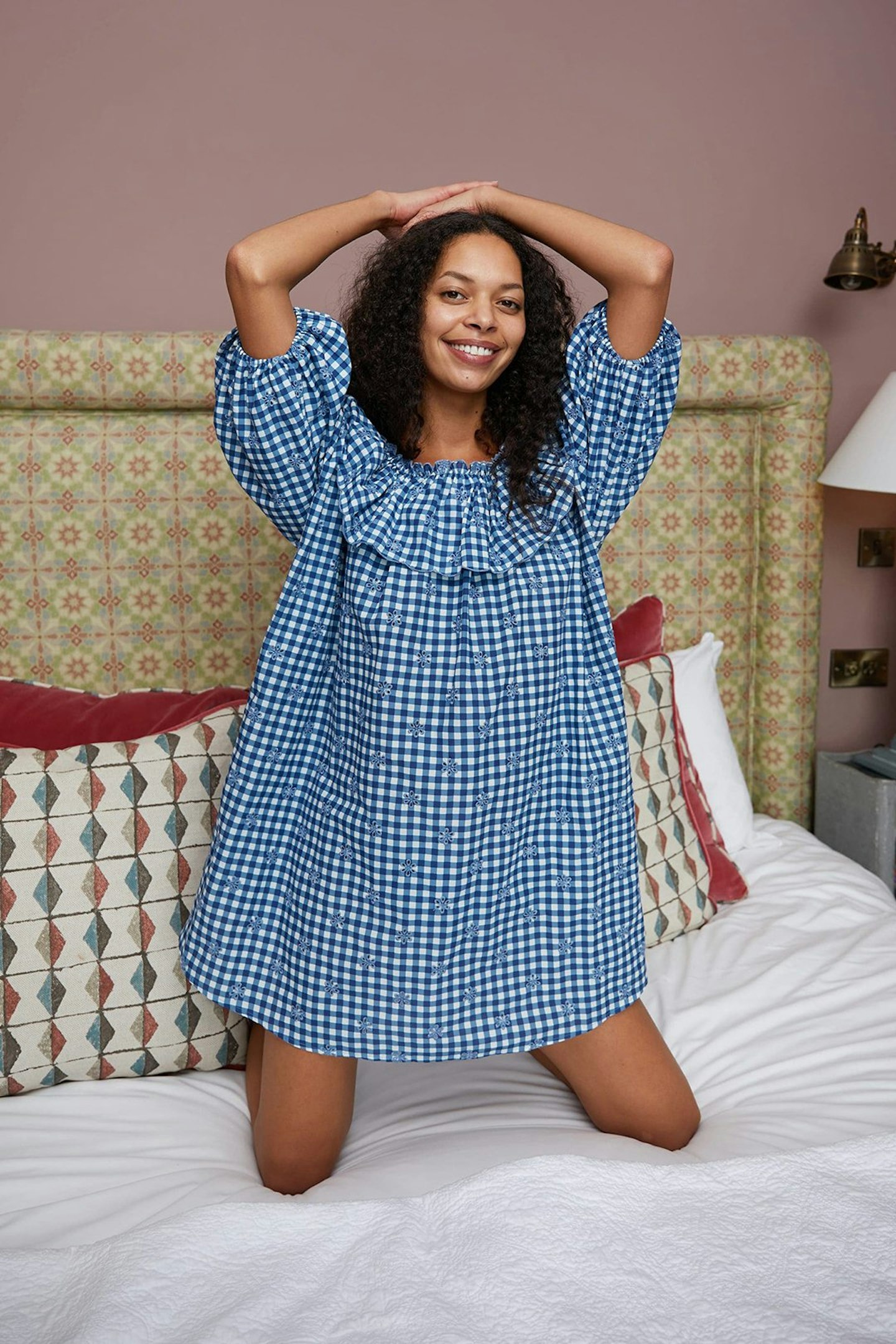
So, welcome to the age of the Nap Dress. And before anyone is moved to anger at the thought of such a specific item of clothing, ask yourself this: what's in a name? That which we call a nap dress by any other name would still just be a comfortable, easy, attractive item of clothing in which one can waft about, sleep and do just about anything else.
SHOP: The Best Nap Dresses (Which Can Also Be Worn Anywhere Else)
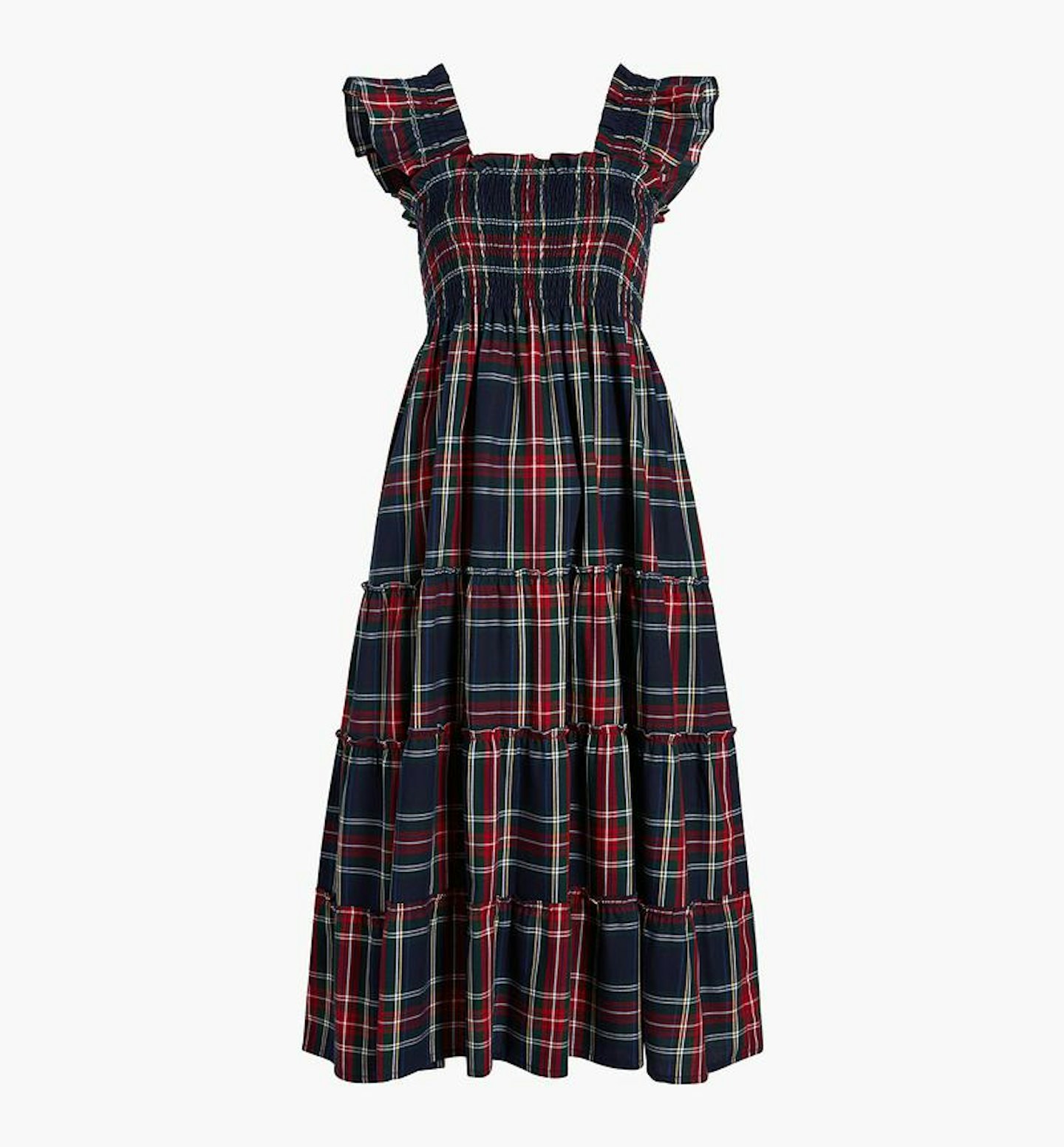 1 of 10
1 of 10Hill House Home, The Ellie Tartan Nap Dress, £90
 2 of 10
2 of 10Rixo, Gingham Nightdress, £125
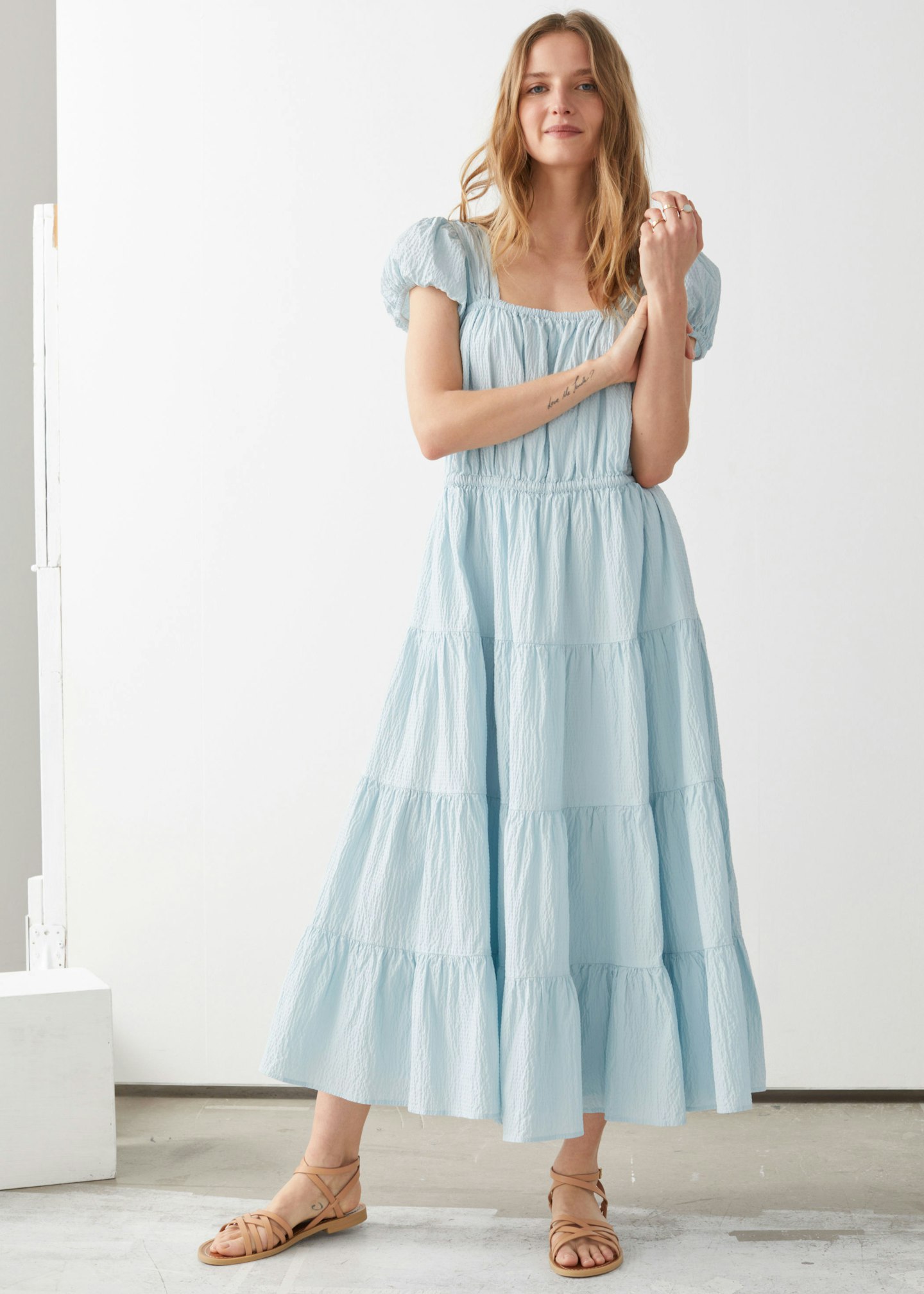 3 of 10
3 of 10& Other Stories, Voluminous Open Back Midi Dress, £135
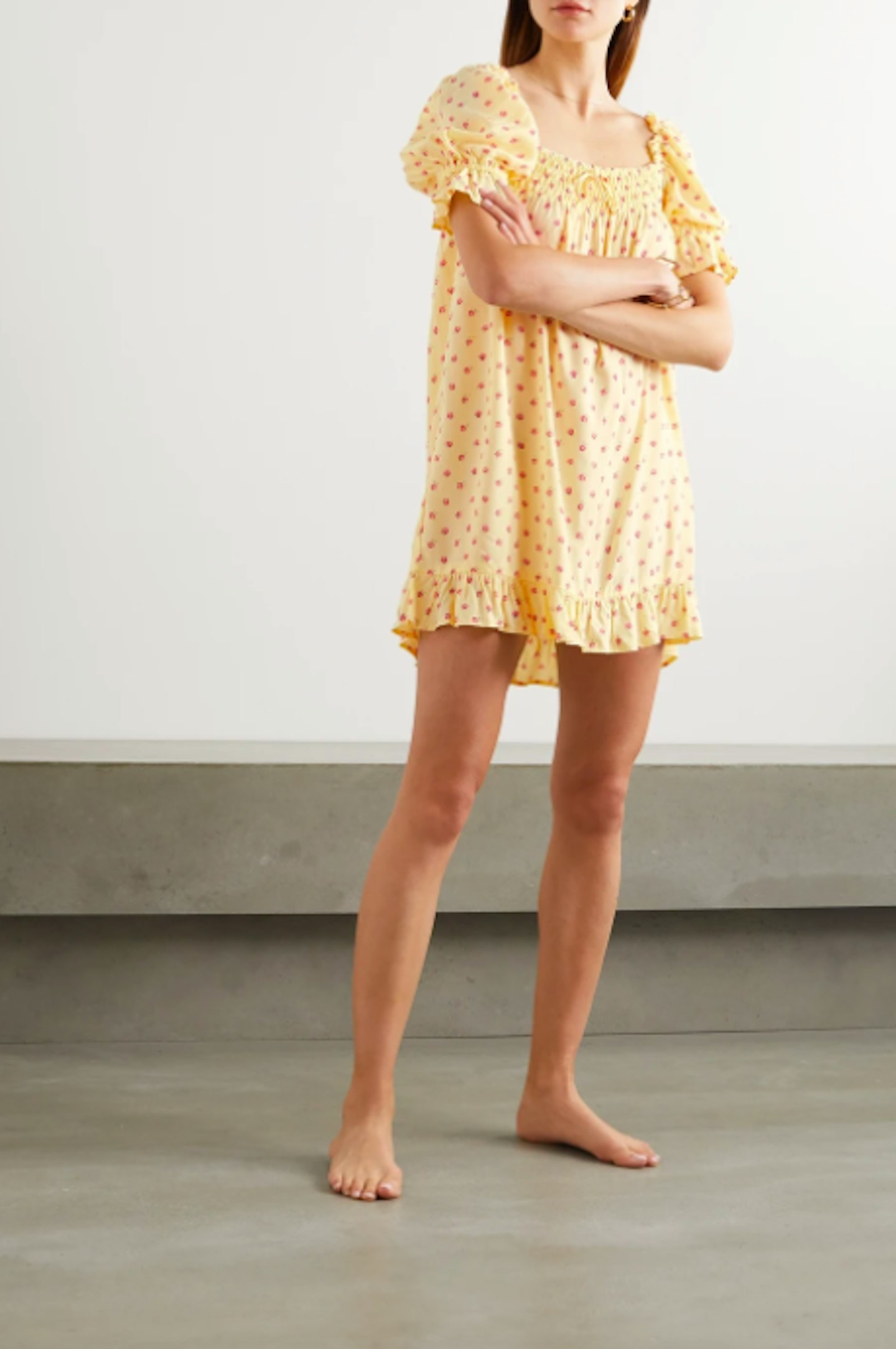 4 of 10
4 of 10Faithfull The Brand, Ruffled Floral Nightdress, WAS £131.87 NOW £39.56 at Net-a-Porter
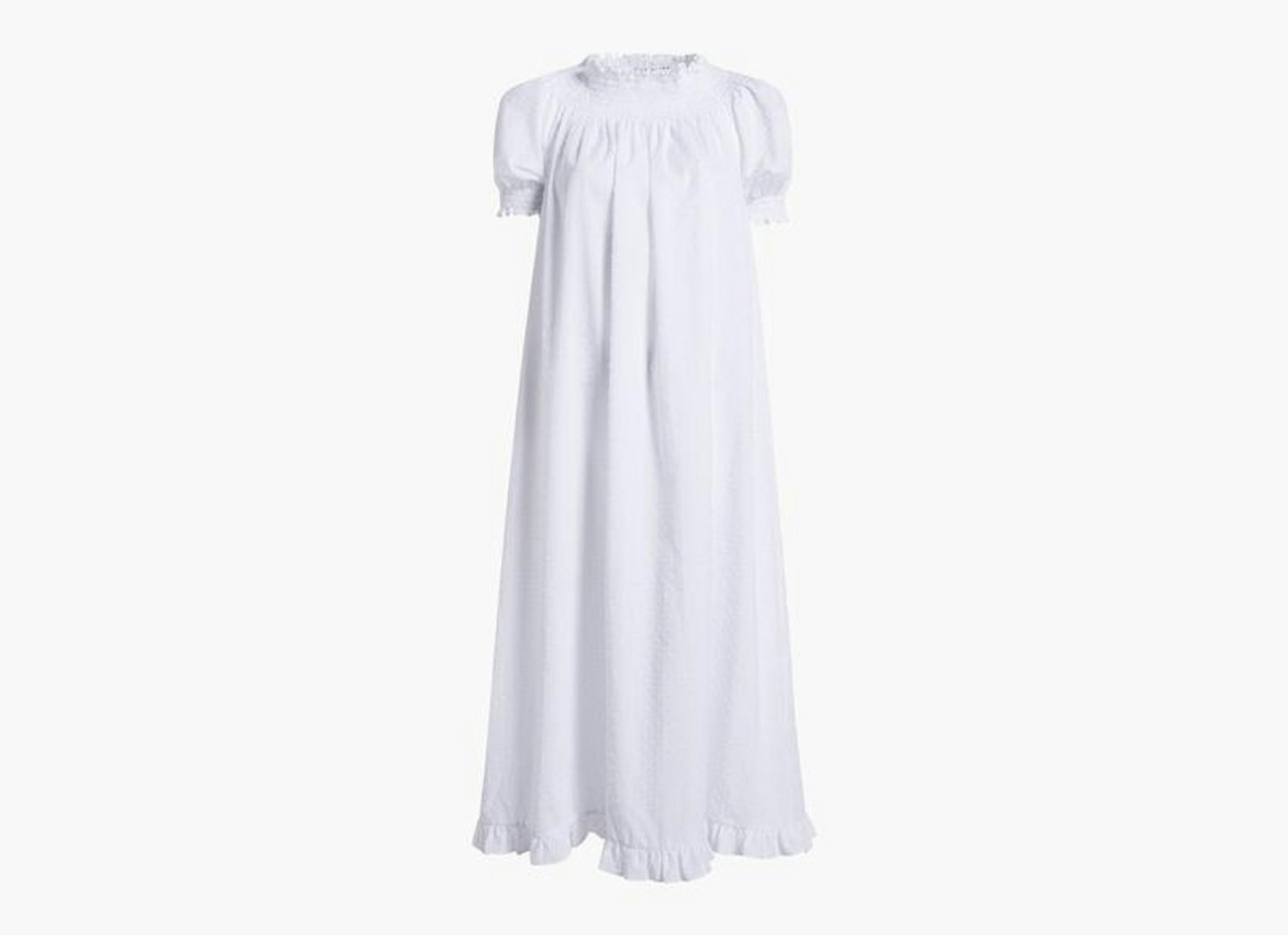 5 of 10
5 of 10Hill House Home, Caroline Nap Dress, £76.63
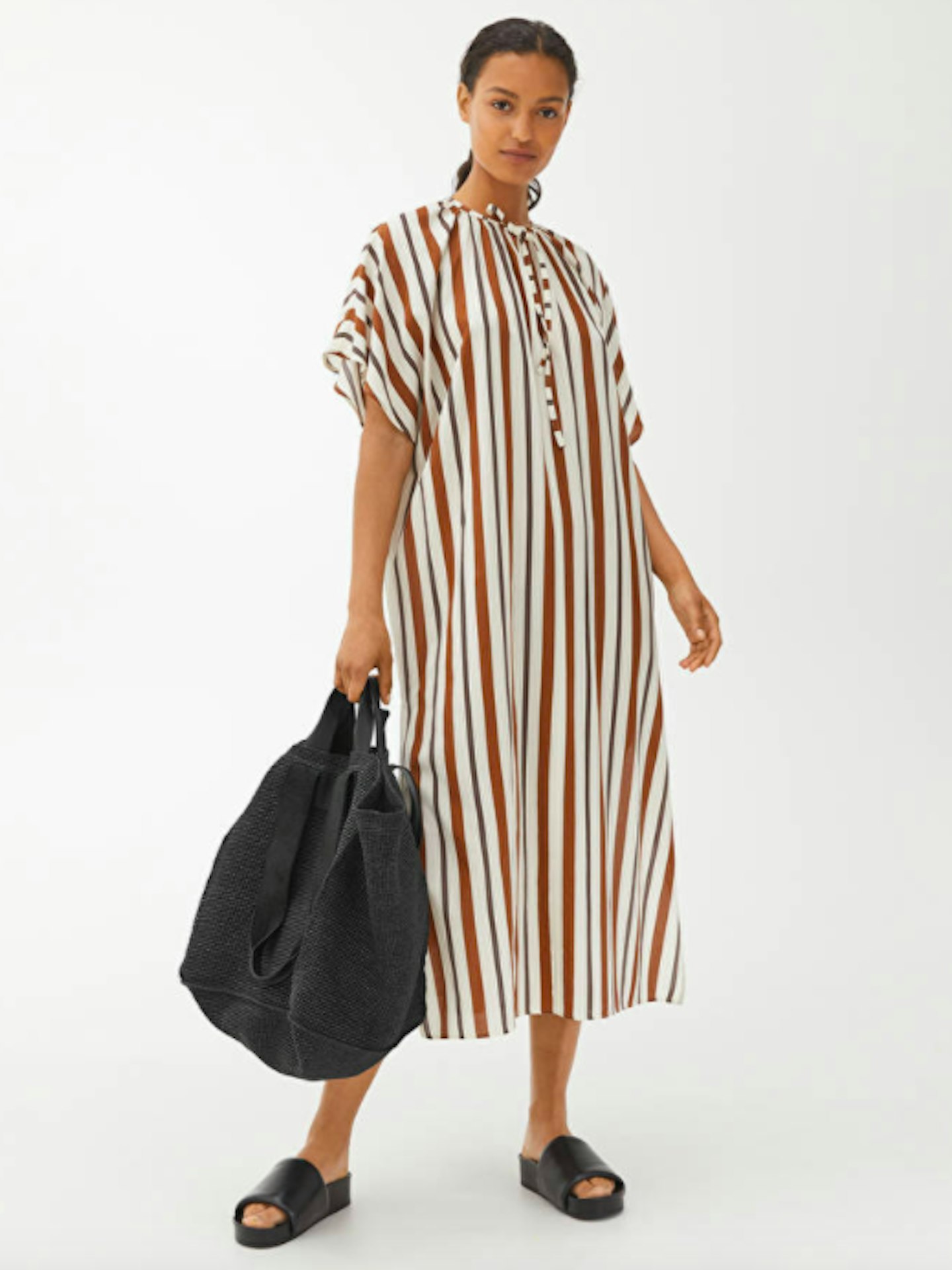 6 of 10
6 of 10Arket, Striped Dress, £59
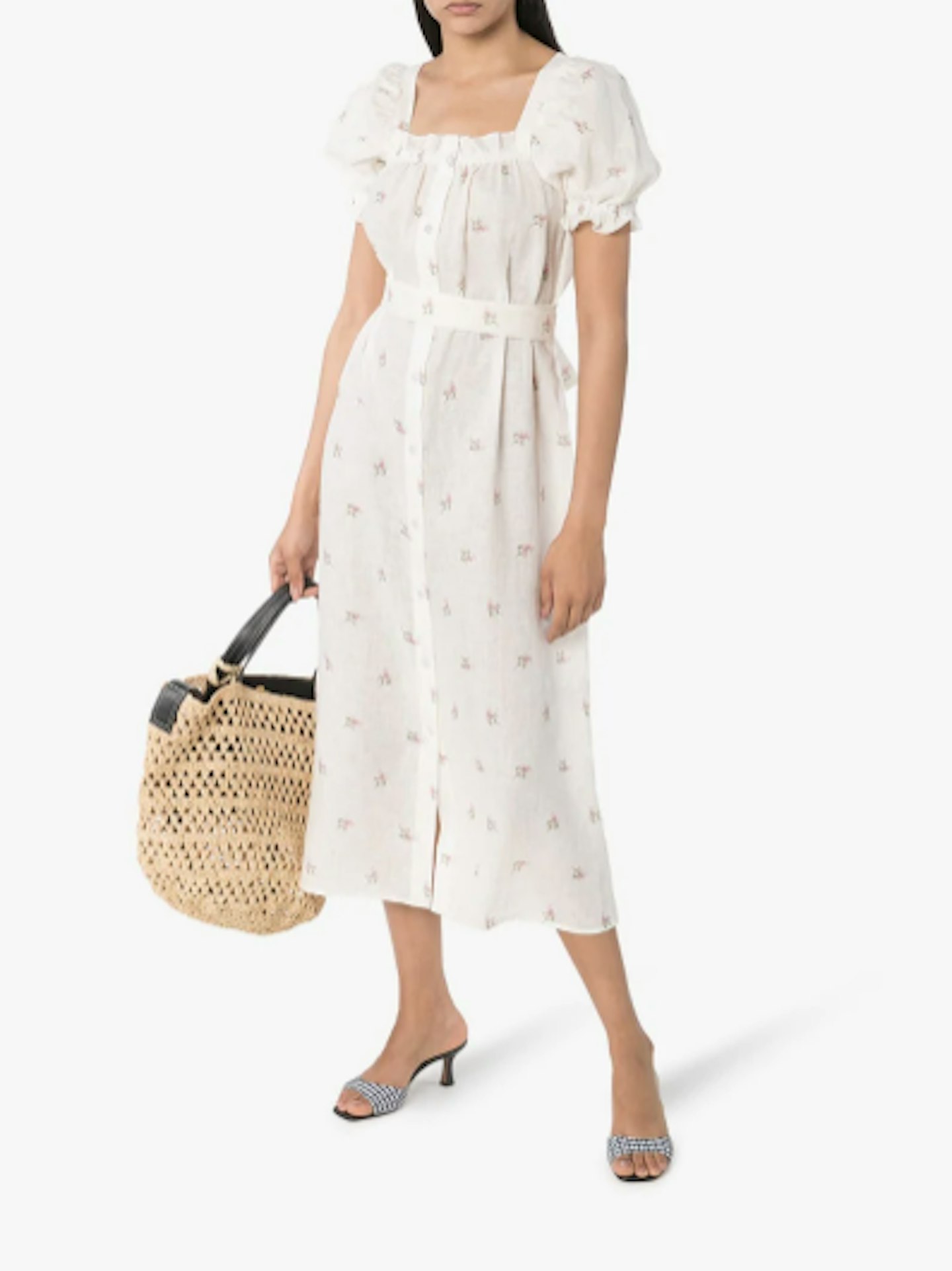 7 of 10
7 of 10Sleeper, Floral Maxi Dress, £235 at Browns
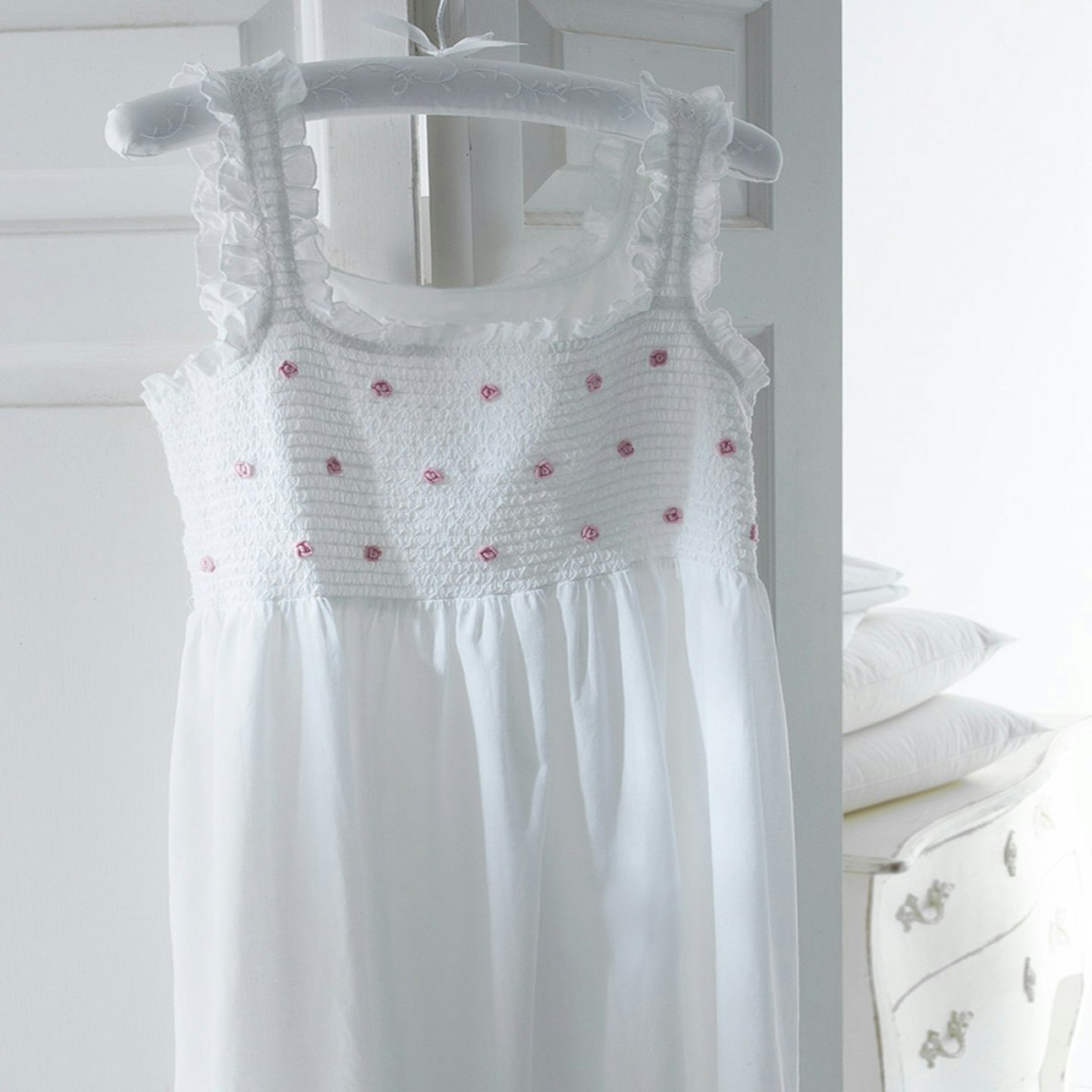 8 of 10
8 of 10Cologne and Cotton, Cotton Nightdress, £37.80
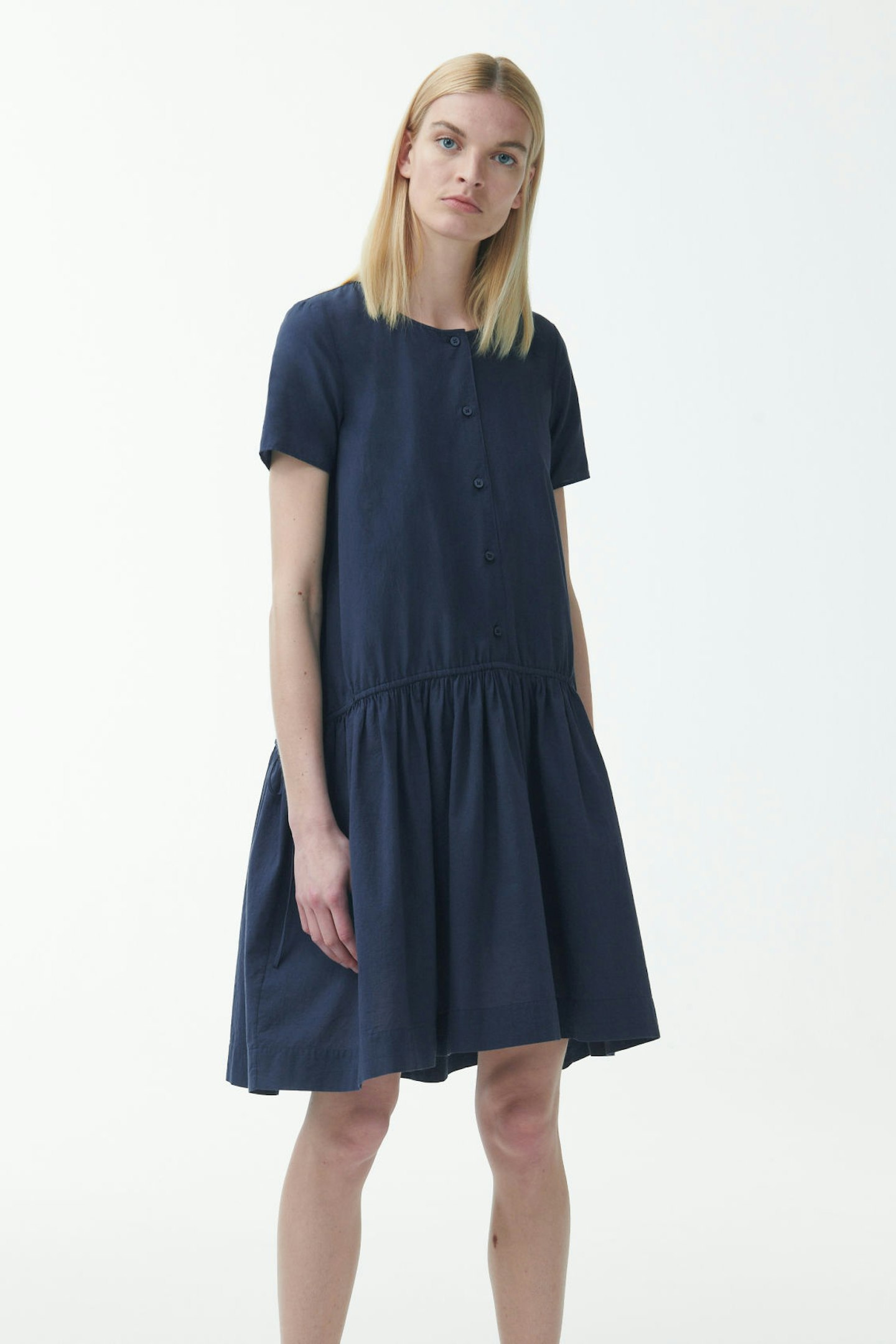 9 of 10
9 of 10COS, Organic Cotton Dress, WAS £69 NOW £34.50
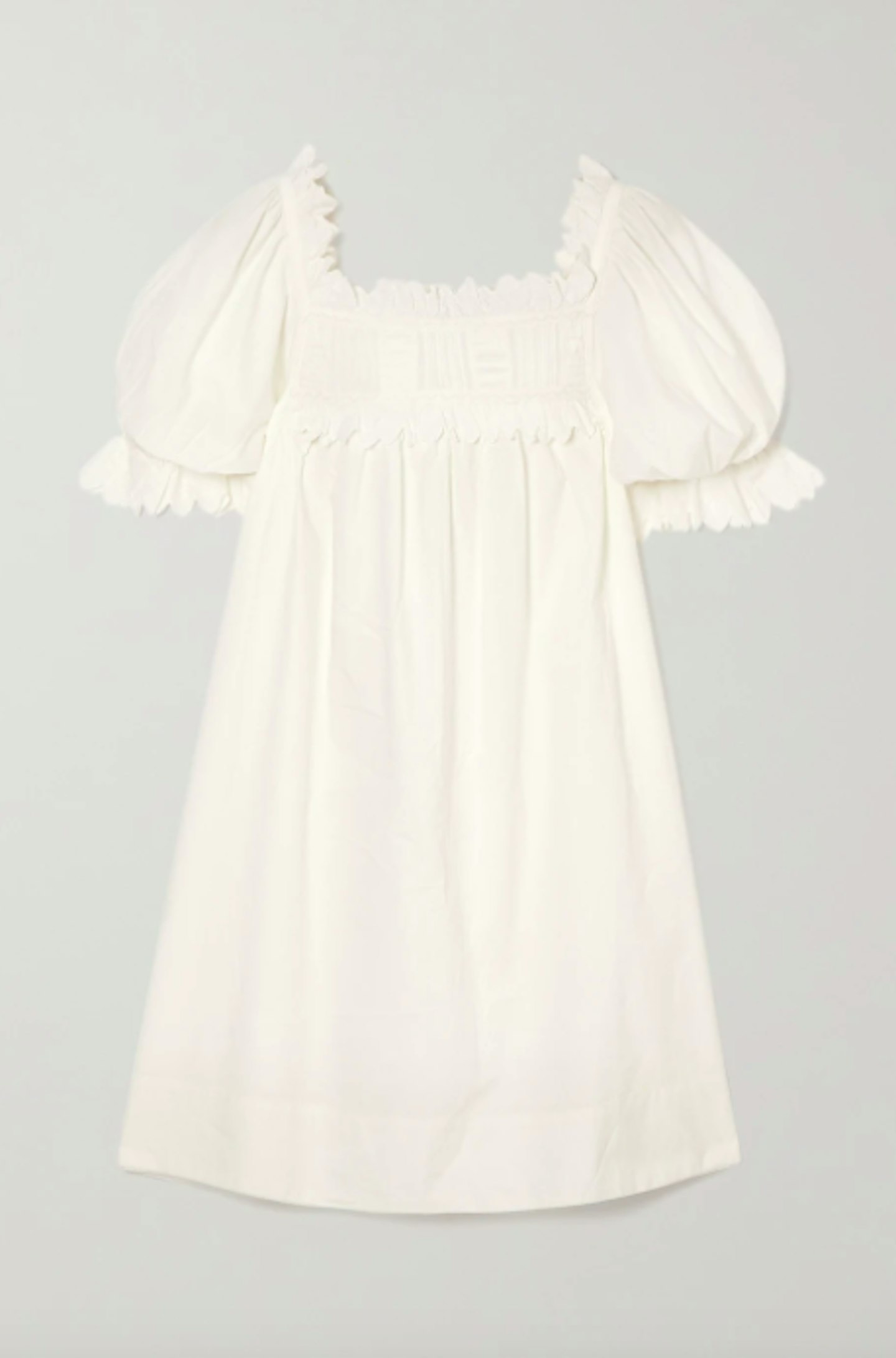 10 of 10
10 of 10